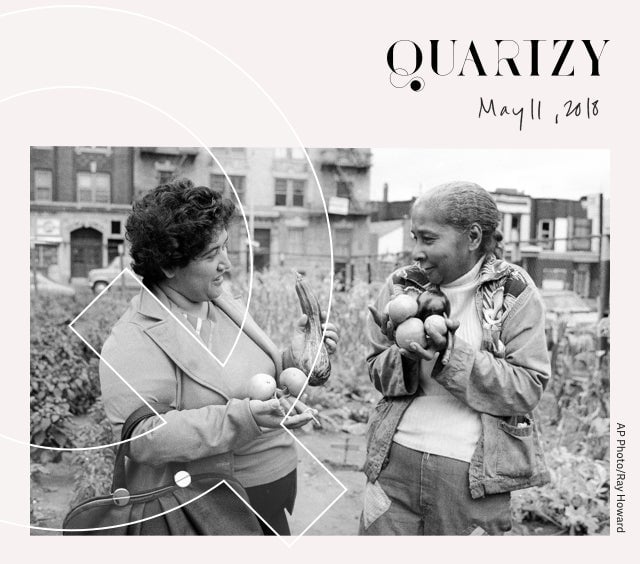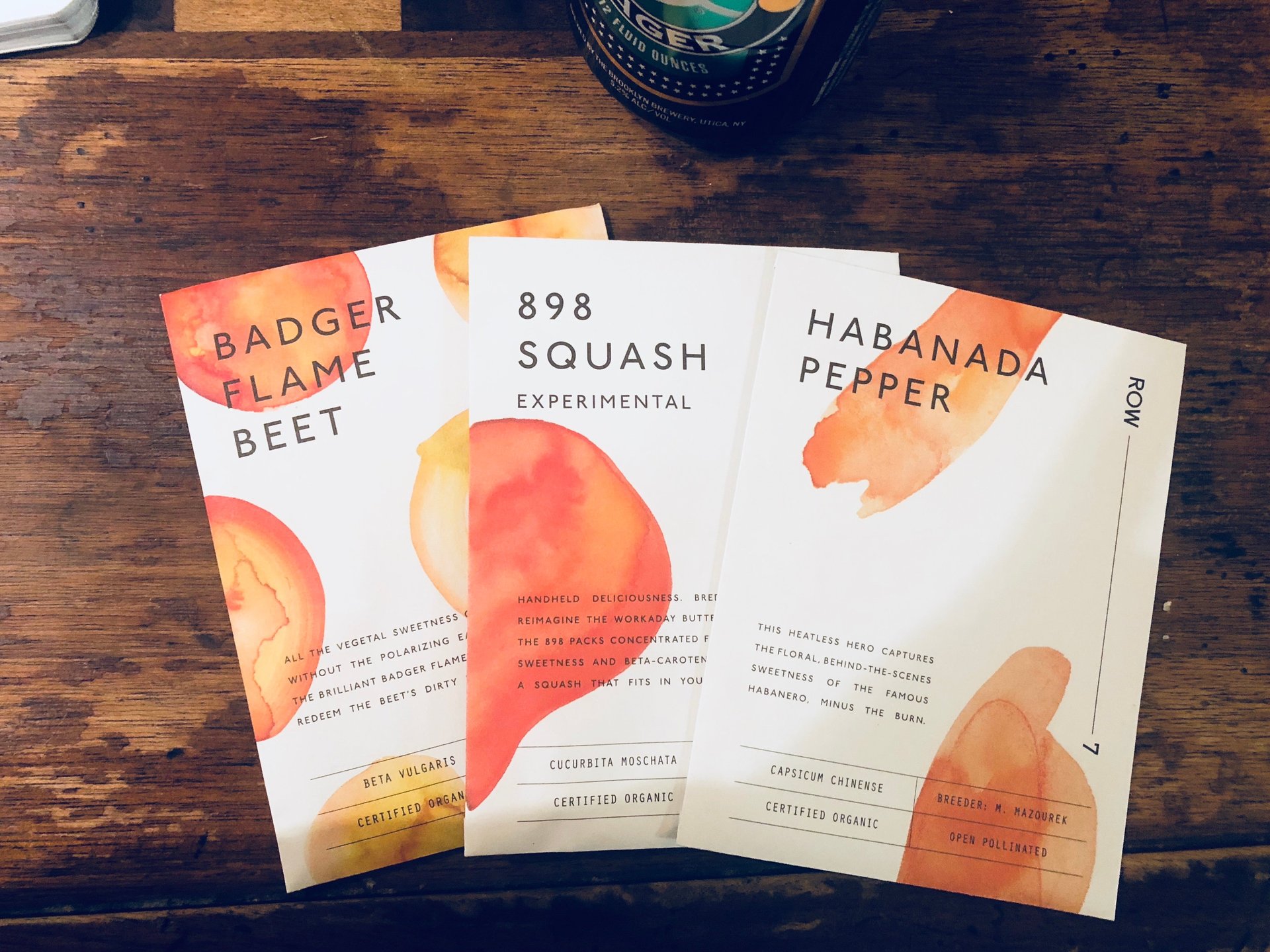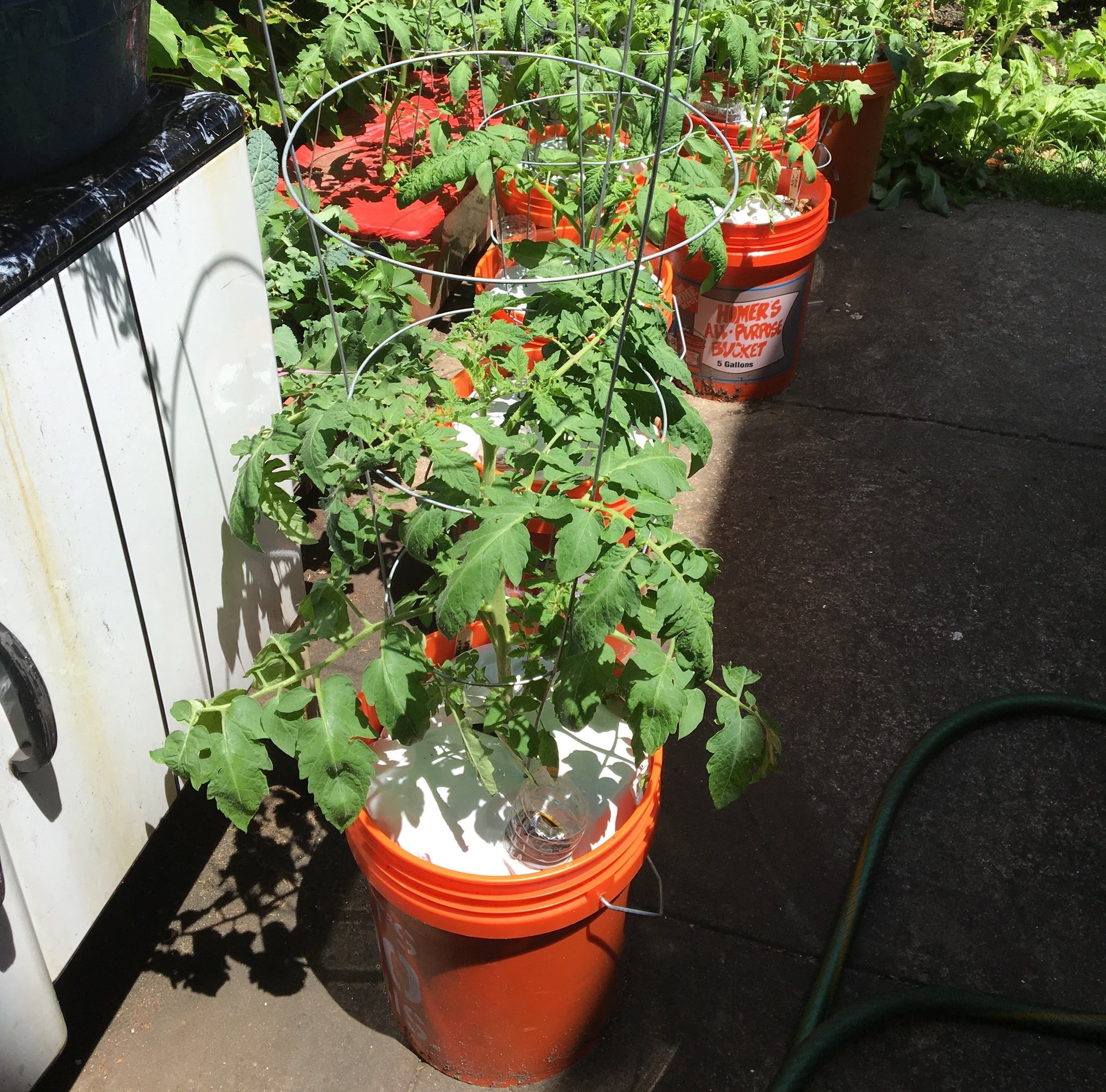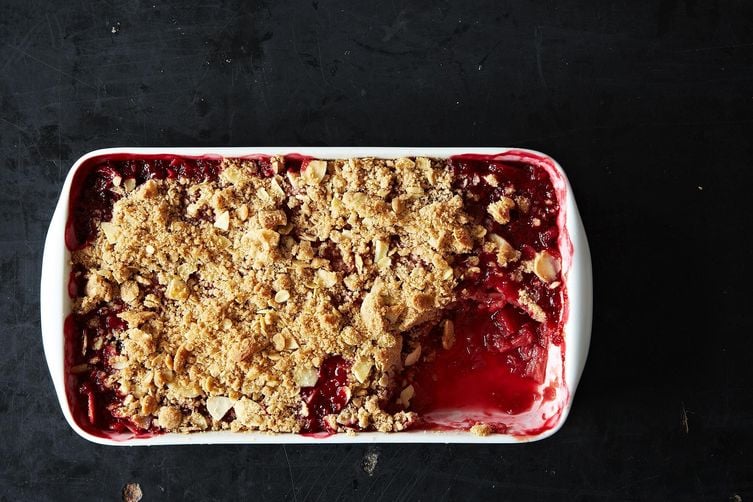Quartzy: The begin afresh edition
Happy Friday!

Happy Friday!
This is Indrani Sen, Quartz’s culture editor, reporting from New York City’s long-awaited springtime reawakening.
As a home gardener, I find spring in the Northeast of the United States to be a little stressful. It’s a time of hope and excitement, but wild fluctuations in temperature from day to day mean it’s also filled with anxiety: Optimistic early daffodils are buried in freak April snow storms, and tender lettuce seedlings planted on a brisk Saturday morning wilt in Wednesday’s 90-degree heatwave.
For all its fresh promise, spring is redolent of death, its greenness “a kind of grief,” as Philip Larkin writes in his poem The Trees: ”Last year is dead, they seem to say / Begin afresh, afresh, afresh.” And in that sense this season mirrors the phase of life that I and many other 40-something parents find ourselves in: dividing our attention between the joys and frantic dramas of young children, and those of our aging parents.
On the sun-warmed playgrounds of my Brooklyn neighborhood, moms and dads have emerged to greet each other again after months indoors—our unaccustomed toes exposed by sensible Birkenstocks, our phones set to vibrate in case of an urgent call from work, school, or a caregiver.
It’s a little stressful, yes, but stress isn’t the worst thing in the world, it turns out. In plants, “stress” often triggers necessary changes. The Northeast’s erratic climate and poor soil nurture a hardy vivacity in our region’s plants, the ethnobotanist Gary Nabhan once told me: 60-degree swings in temperature can trigger chemical responses that make edible plants more complex in flavor, and perhaps even more nutritionally valuable. “There’s a potency with your flavors,” Nabhan said, of the produce grown in our region’s trying climate—”just like there’s a vividness to your leaves in the fall.”
I like to think these harsh conditions have something to do with New Yorkers’ pungency of character too. The idea that plants, like people, become more interesting and flavorful when they have survived adversity has an appealing logic to it—what doesn’t kill us makes us stronger.

Dan Barber’s designer seeds. The marvelously complex interplay of ecology, taste, and nutrition is the obsession of the New York chef, author, and agricultural advocate Dan Barber. Barber’s 2014 book, Field Notes on the Future of Food, is a manifesto for a more nuanced approach to farming and cooking, as are the menus at his Blue Hill restaurants in Manhattan and the Hudson Valley.
“Barber has made it his mission to convince Americans to change the way they eat in the interest of long-term ecological sustainability,” Annaliese Griffin wrote for Quartz. “A mission that can only be accomplished if vegetables that actually taste good are widely available at the grocery store, and not just on Blue Hill’s hundred-dollar tasting menus.”
For his latest endeavor, the chef has teamed up with a seedmonger and a Cornell plant scientist. Their new line of seeds for home gardeners, called Row 7, includes magical-sounding offerings such as a palm-sized butternut squash, a sweet habañero pepper, and the intriguingly named “badger flame” beet.
I’ve planted them all, and just hope the produce turns out to be as beautiful as the seed packages.

A DIY project that will pay off in August. The gardener’s holy grail is a perfect tomato—sliced, drizzled with olive oil, and sprinkled with salt.
But the constant watering these thirsty plants require in the summer is overwhelming—at least for a working mother. That’s why I’m a little obsessed with sub-irrigated planters (SIPs), which have a built-in reservoir that wicks water up into the potting medium. I’ve used them for the last few years to grow jungles of bushy tomato plants.

Sure, you can buy pre-made SIPs (also called self-watering planters), but it’s more fun to make your own. YouTube is full of tutorials, but a good starter model is this $7 version made from a 5-gallon bucket. Further down the internet rabbit hole, you’ll find the stylishly mustachioed Al Gracian, a designer and urban gardener who demonstrates how to make SIPs ranging from small indoor planters to gigantic raised beds. He also has a great diagram explaining how they work.
Forget ramps. Celebrate spring with morels. Ramps, the wild leeks that foodies freak out for, are increasingly over-harvested from forests in the US. But another springtime treat, morel mushrooms, have grown bounteously in California and the Pacific Northwest this year—an after-effect of the wildfires that recently ravaged the region. It’s unclear to botanists exactly why, but “burn morels” (also called “phoenicoid,” derived from the same root as “phoenix”) thrive in the ashes.

After the destruction those fires wreaked, nobody is eager to celebrate this year’s mushroom bonanza. (Indeed, to help offset losses from the disaster and to honor first responders, a Washington foraging company is donating $100,000 of its morel sales to help families of firefighters killed in the line of duty and assist injured firefighters.)
These rare mushrooms—delicious sautéed in butter and piled on garlic-rubbed toast—perfectly embody the harsh beauty of spring, as Larkin described. There’s something both poignant and ruthless about nature’s drive toward regeneration.
Have a great weekend!



A Mother’s Day crumble. Rhubarb—with its gorgeous pink hue and clean architectural lines—is easily the most Instagrammable of vegetables. Sunday is Mother’s Day in the US, and a rhubarb crumble is a lovely, no-fuss brunch (with Greek yogurt) or dessert (with ice cream). Architectural it is not, but rather a beautiful mess of burnished grains, caramelized sugar, and oozing red juices. Recipes for crumbles and crisps abound this time of year (apparently there’s a difference), but here’s a basic topping ratio for improvising with seasonal fruit: 1 cup flour, 1/2 cup Demerara sugar, a generous pinch of salt, and 1/2 cup (4 oz.) chilled butter. You can add chopped nuts, spices, or candied ginger, or substitute oats, ground almonds, or flax seeds for some of the flour. Put the dry ingredients in a food processor and pulse once. Cut the butter into small chunks, strew them over the top, and then pulse a few times until the mixture resembles course crumbs. In a baking dish, toss 4 cups of chopped rhubarb and/or other fruit with about another tablespoon or so of sugar (depending on the sweetness of your fruit). Sprinkle the crumble over the top of the fruit, and bake it at 350° F (175° C) until the top is golden brown and crisp, and the fruit juices have thickened somewhat and are bubbling deliciously (35-40 minutes).